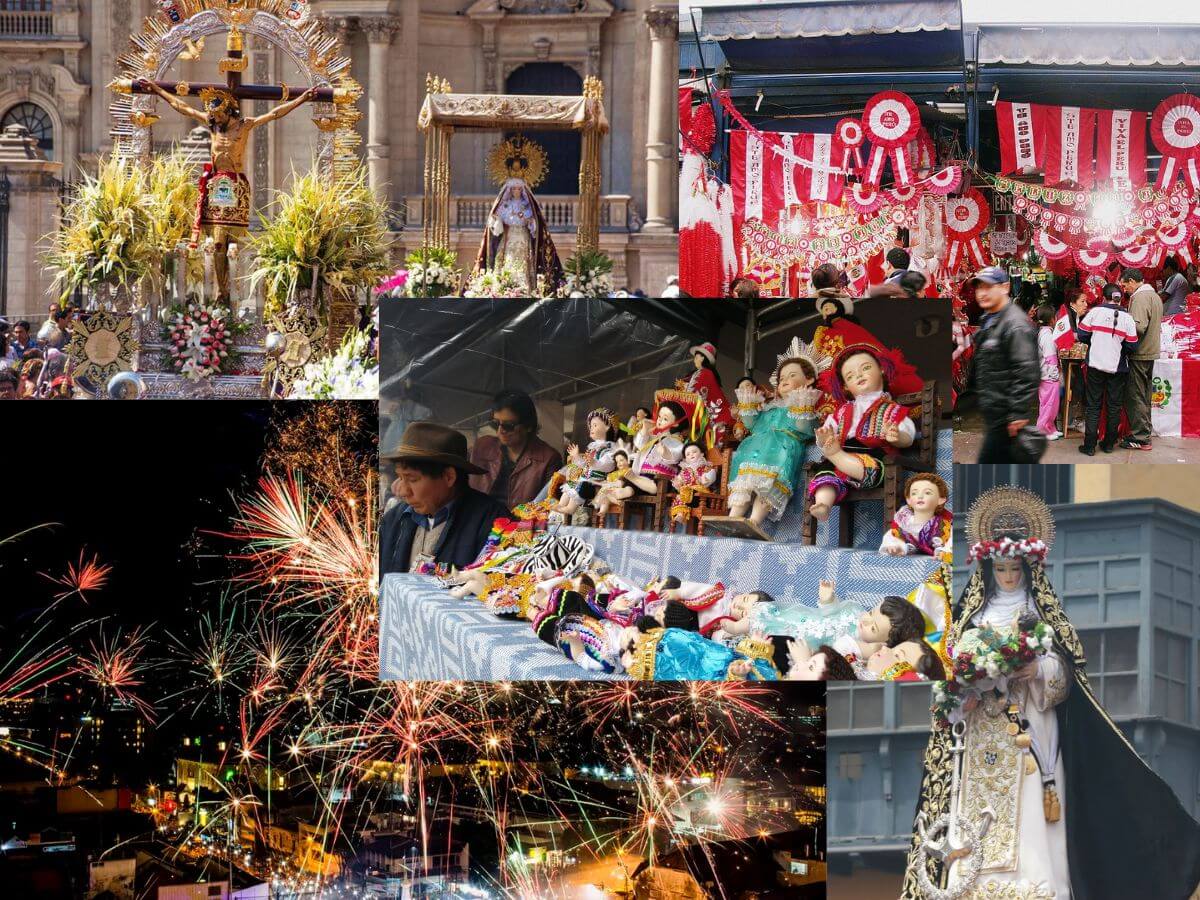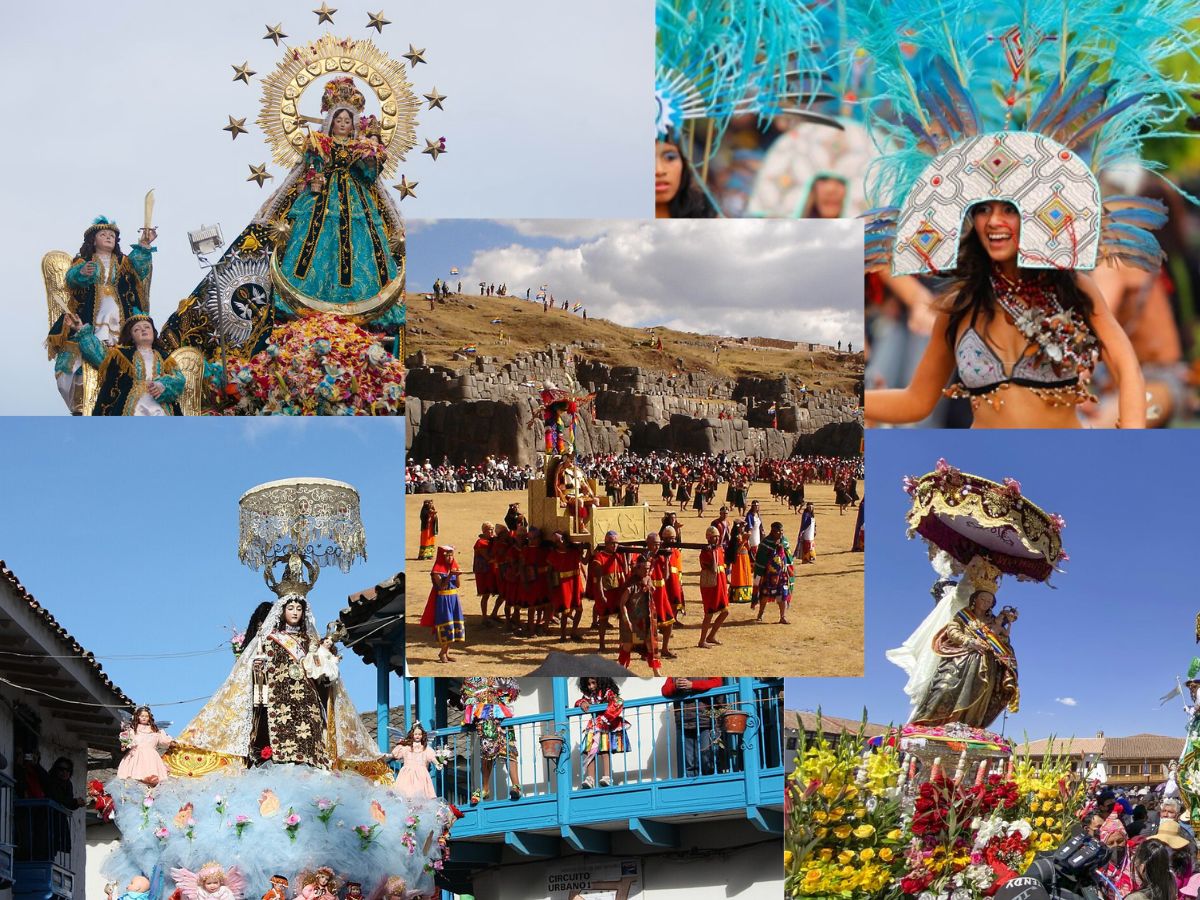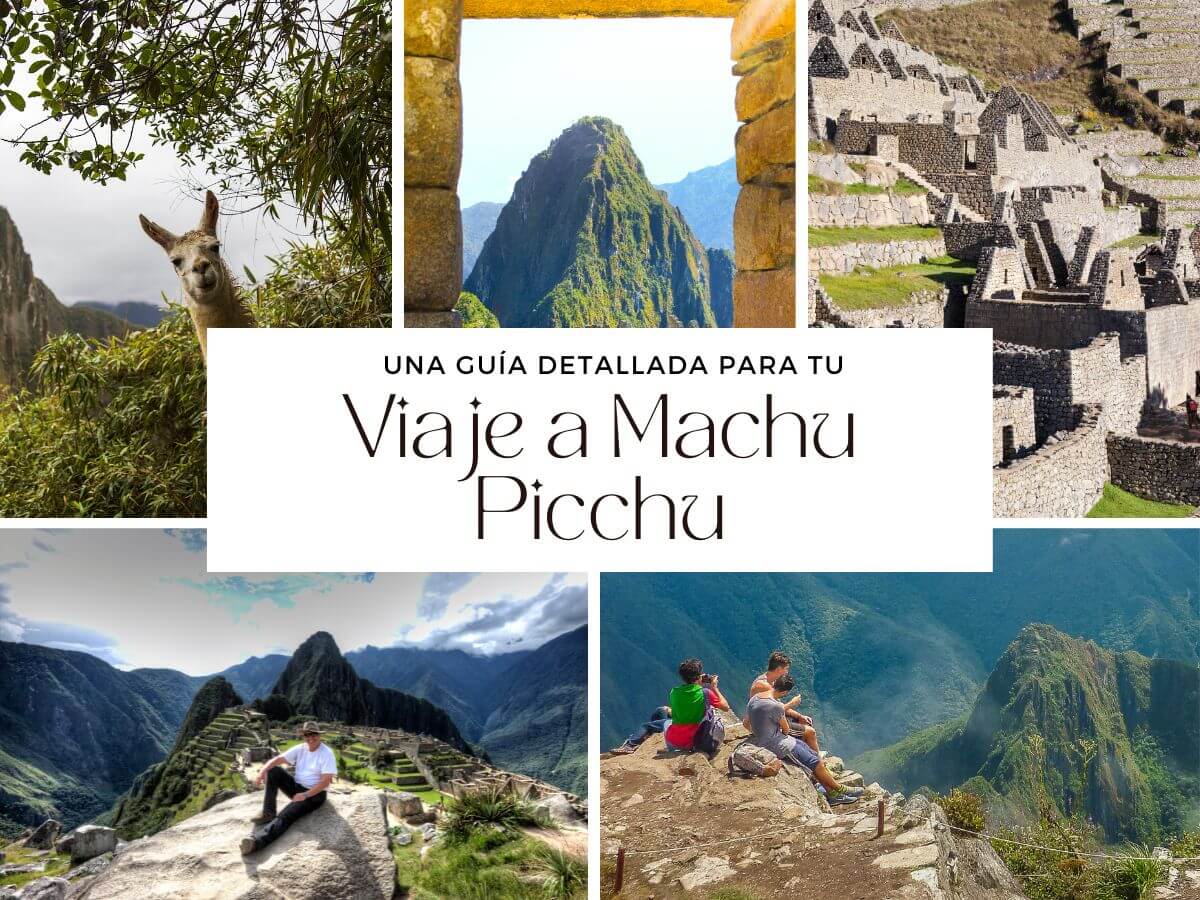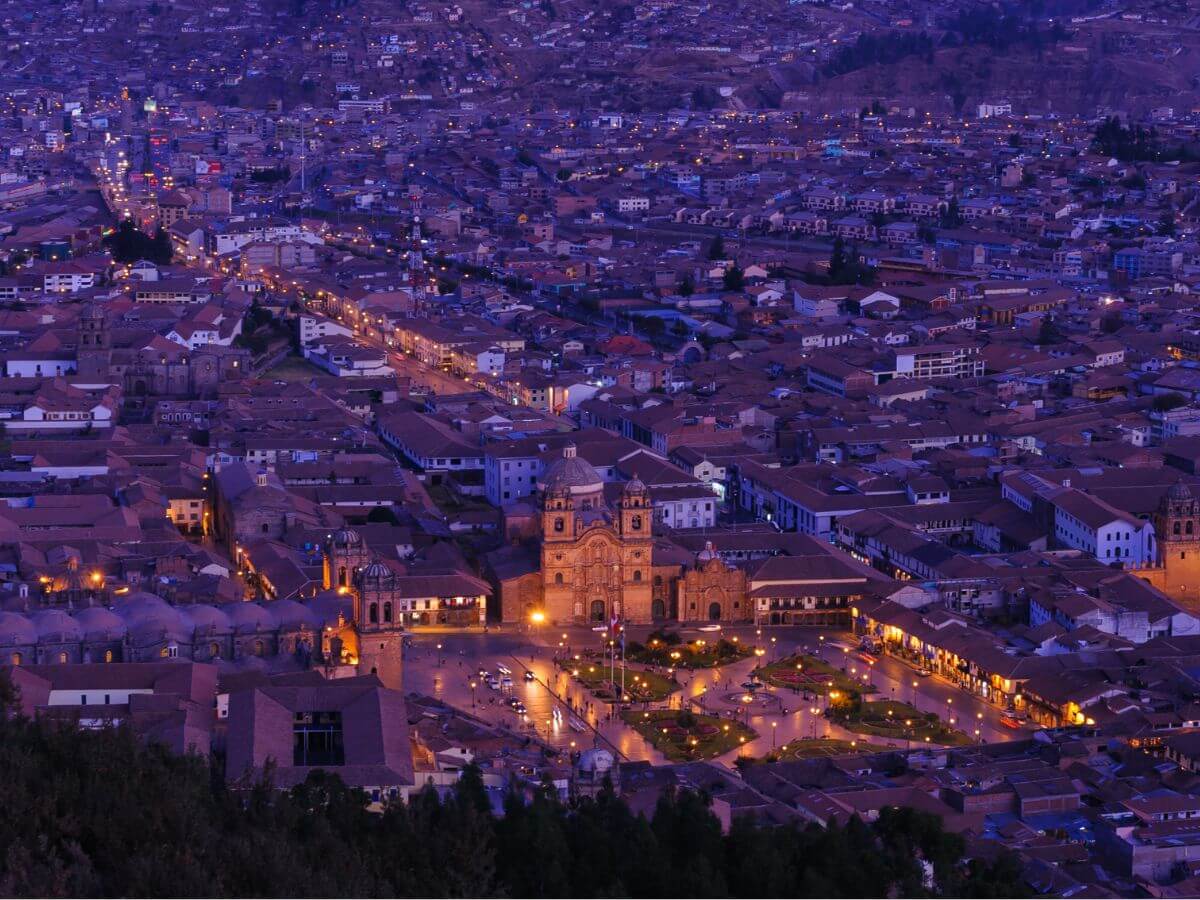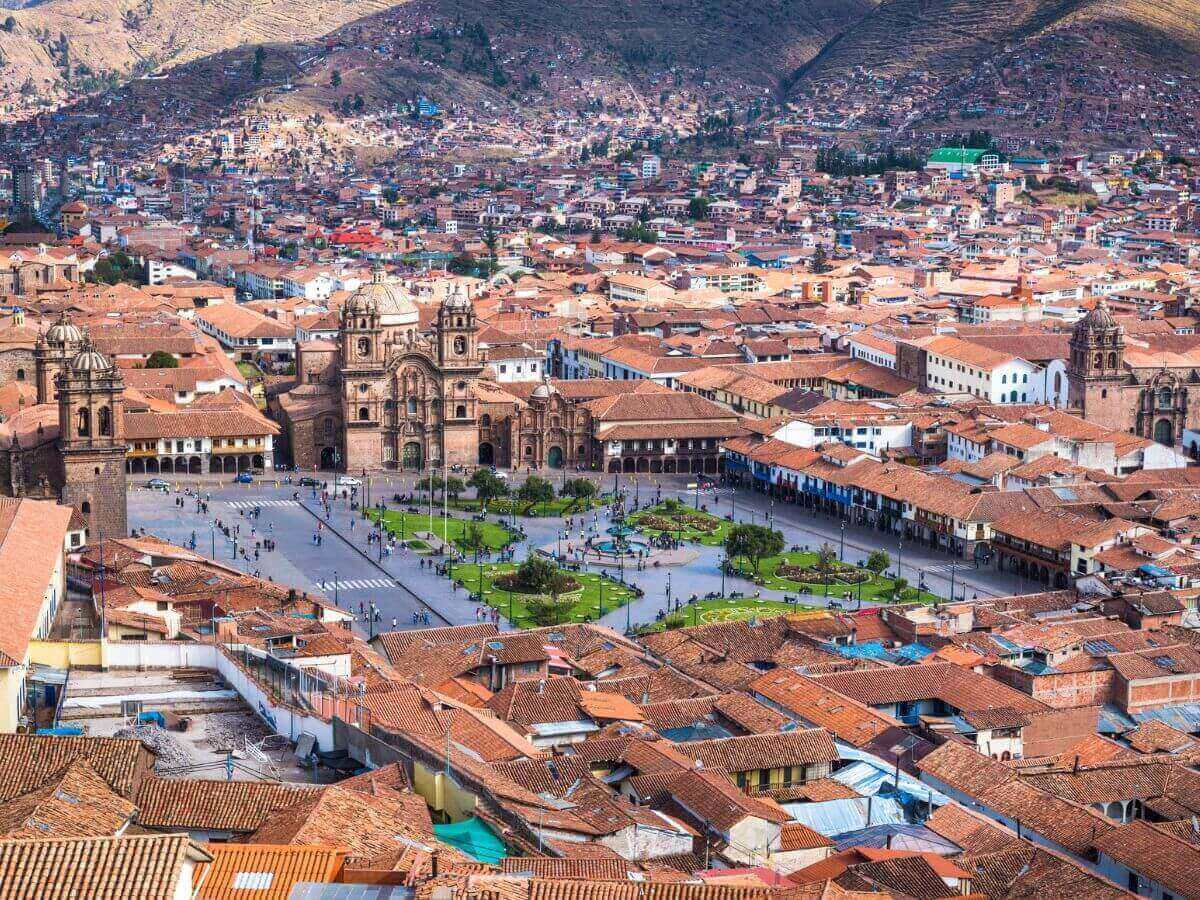History of Tahuantinsuyo, the Inca Empire

History of Tahuantinsuyo
The Inca Empire is one of the most important in the American territory, when talking about the Incas we can not stop talking about their expansion in the Tahuantinsuyo. Due to their cultural richness and their great expansion, today we can witness the incredible architectural work that they did and left us as proof of the wisdom and knowledge they had in their constructions and traditions.
How did the Inca empire arise, who were its members? Here is everything you need to know about this culture and its empire.

History of Tahuantinsuyo or Tawantinsuyo
According to the myth, the Ayar brothers came out of the Pacaretambo cave or inn of the dawn. The birth in a cave was a classic figure of Andean mythology because the pacarinas or places of origin were always natural accidents such as caves or water sources.
The Ayar were farmers but also wanderers, they stopped to produce and after the harvests they resumed their march, they were not gatherers and hunters but transhumant farmers and herdsmen who were looking for a good place to settle.
Ayar Manco changed his name to Manco Capac and entered the chosen area where the future Cusco would be built.
The other female prototype is Mama Ocllo who represents the woman in her traditional role, Mama Ocllo is also found in the other Inca myth of origins that of the primordial couple born in Lake Titicaca.
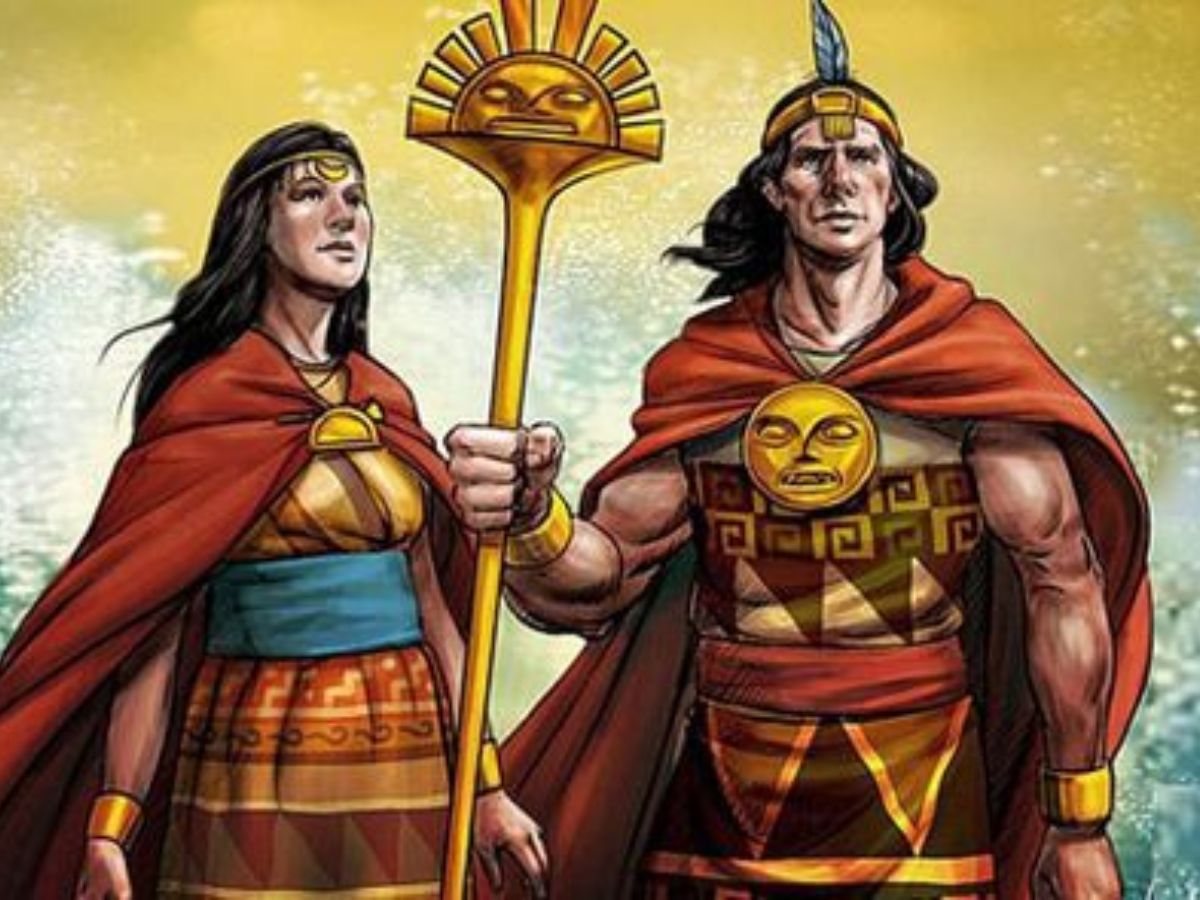
Mama Ocllo cooks, weaves, prepares food, educates the children, and takes care of the elderly, thus she is the ideal of the submissive woman who couples with the man so that he is the one who leads the couple.
The panacas were crucial instruments of imperial political action, as a kinship group its definition was matrilineal, the man belonged to the panaca of his mother, and his male children were not classified with him if not with their progenitors, the term “Panaca” comes from “Pana” that means “sister”.
Pachacutec wanted to solve the political problem of the succession of the Inca according to the organization of the panacas the sovereign had real or adopted sons in all the pancas and they competed among themselves to define who was more capable of making alliances to impose himself as new sovereign for that reason each succession was a great disorder and open fight among the aristocracy.

Extension of the Inca Empire
The Tahuantinsuyo was the largest empire in the history of pre-Columbian America, with 2,500,000 km². Its territory stretched from southern Colombia to central Chile, passing through Ecuador, Argentina, Bolivia, and, of course, Peru, where its greatest political strength was concentrated.
All this territory was conquered through wars and alliances with other cultures between the 15th and 16th centuries.
What is the meaning of the word “Tahuantinsuyo”?
The word Tahuantinsuyo is a Quechua term and is divided into two parts: “Tahua ” or “tawa” meaning “four”, and “suyo” meaning “region”. The name in Spanish refers to the four regions into which the Inca Empire was divided.
What were the Four Suyos?
1.- Collasuyo: Located southeast of the city of Cusco. This Suyo was the largest of the Tahuantinsuyo and at the same time, the least populated. Its territories began in Urcos to the south of the imperial city and crossed the Titicaca region.
2.- Contisuyo: Contisuyo was located from the southwest of Cusco to the Coastal Region. The territories of Contisuyo consisted of the lands located between the valleys of the Quilca and Ica rivers.
3.- Chinchaysuyo: Chinchaysuyo extended northwest of Cusco from Ayacucho and Ica to the Ancasmayo River.
4.- Antisuyo: The lands of the Antisuyo began to the northeast of Cusco and extended to the Amazon High Jungle because the climatic conditions and geographical characteristics did not allow them to continue further.

How did the Incas originate?
In the case of the Incas, there are two legends about their origin. One of them is that the Sun God gave birth to the first two founders, Manco Capac and Mama Ocllo, from Lake Titicaca. The second legend is that Manco Capac and his brothers descended from Pacaritambo to found Cuzco and become the first emperor.
Historical findings show that the first Inca inhabitants of Cuzco arrived by caravan from the highland kingdom of Tiahuanaco in Peru. The state was invaded by military waves of the Aymara ethnic group and the invasion caused the Incas to move until they finally invaded the populations of the Cuzco area.

How many Incas were there in Tahuantinsuyo?
In total, there were 13 Incas who ruled the Tahuantinsuyo, being Manco Capac the first of them and the last Atahualpa Capac, after the arrival of the Spaniards to the continent.
Pachacútec Yupanqui, the ninth Inca, was one of the most important emperors in the history of the Tahuantinsuyo due to his work in the expansion of the Inca territory through the conquest of other ethnic groups such as the Ayarmacas, the Chancas, and the Suyos. At the same time, other peoples peacefully joined the empire such as the Cotanera, Omasayo, Cotapampa, and Aimarae.
Tahuantinsuyo’s crisis period
After the death of Inca Huayna Capac, a complex succession process began that involved a conflict between Huascar and Atahualpa.
Historians understood this as a European-style dynastic war. Although the fall of the Inca empire occurred with the Spanish invasion, other factors were also involved, such as epidemics that arrived before the Spaniards (like the smallpox that killed Huayna Capac) and the crisis of the retributive system implemented by the Inca empire.
The fall of the Tahuantinsuyo did not mean the disappearance of the customs and ways of life of the Andean inhabitants. To this day, we can witness and be part of their incredible culture and appreciate their many archaeological sites that are still standing.

Explore more tourist destinies and more of Perú in our travel blog and plan your next trip with us!










